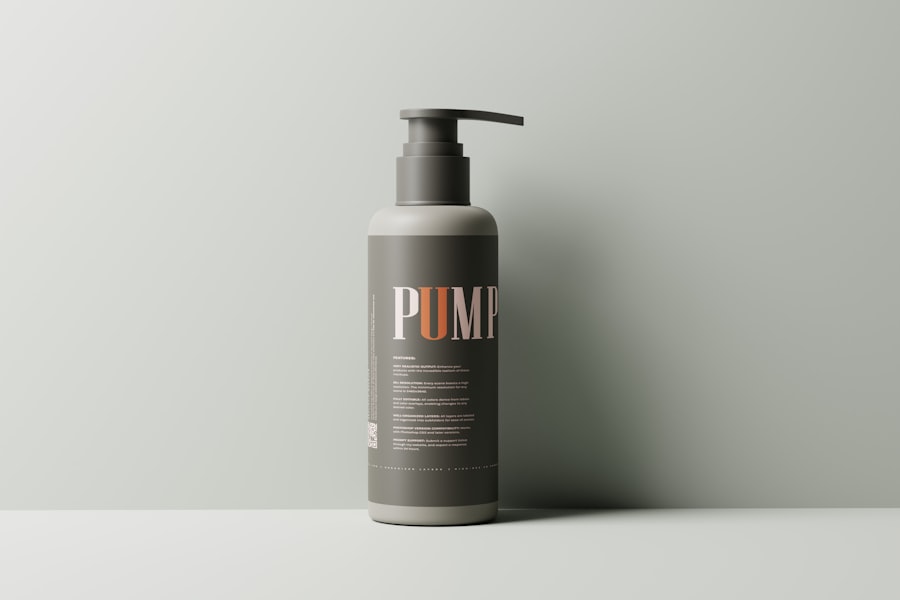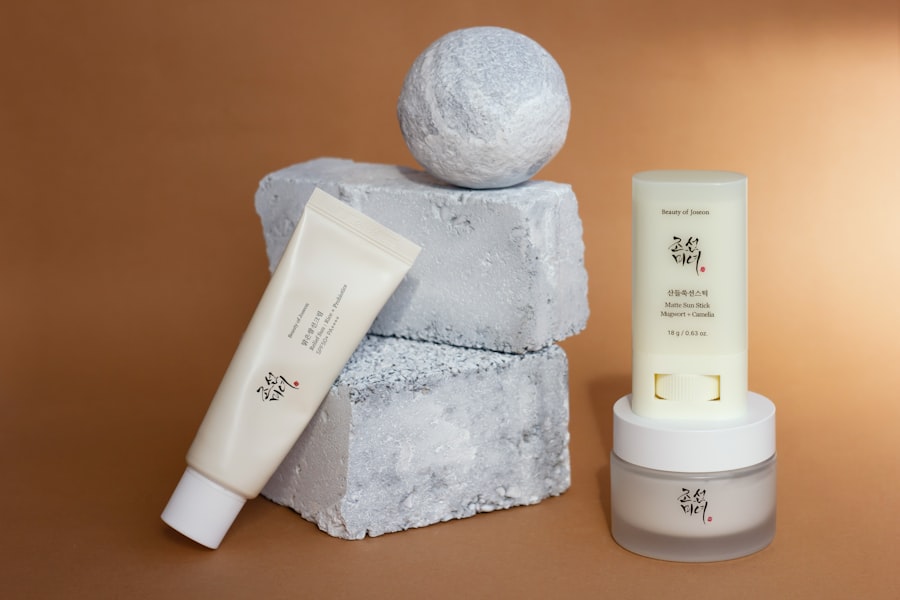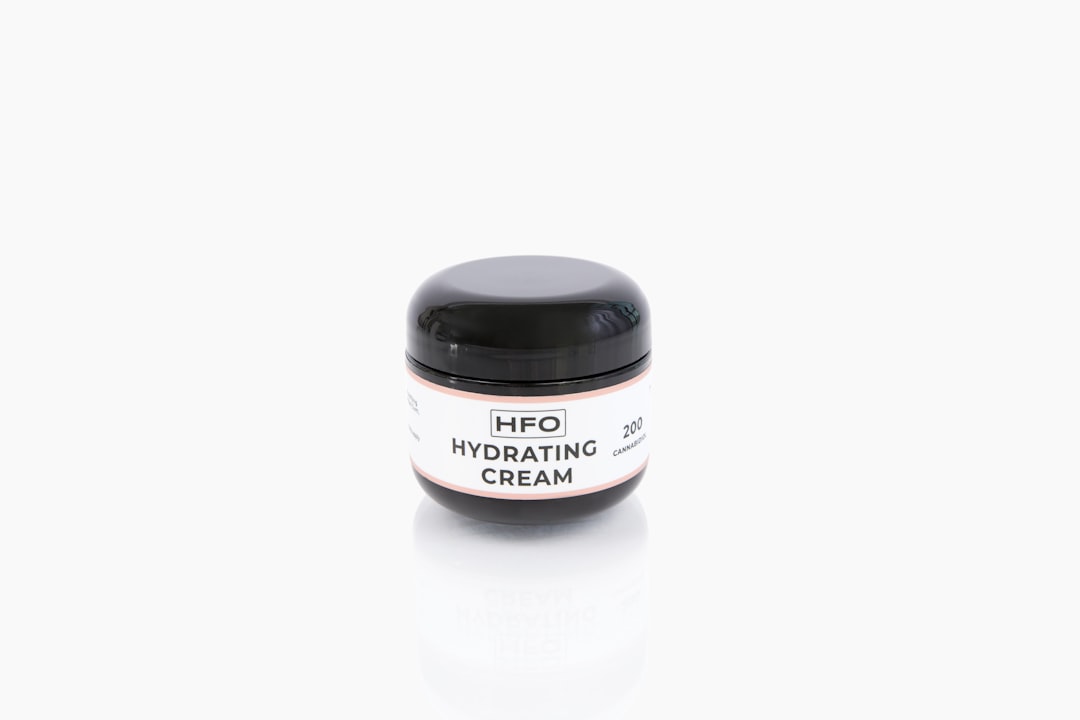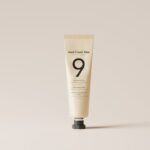Laser hair removal is a popular cosmetic procedure that utilizes concentrated beams of light to target and eliminate unwanted hair. The process works by emitting a specific wavelength of light that is absorbed by the pigment in the hair follicles. This absorption generates heat, which effectively damages the follicles and inhibits future hair growth.
As you consider this treatment, it’s essential to understand how it works and what to expect during your sessions. During your initial consultation, a trained professional will assess your skin type, hair color, and overall health to determine if you are a suitable candidate for laser hair removal. The effectiveness of the treatment can vary based on these factors, as darker hair tends to absorb more light than lighter hair.
You may also learn about the different types of lasers available, each designed for specific skin tones and hair types. Understanding these nuances will help you make informed decisions about your treatment plan.
Key Takeaways
- Laser hair removal targets hair follicles with concentrated light to inhibit future hair growth
- Shave the treatment area before the appointment and avoid sun exposure and tanning beds
- Apply soothing creams and cool compresses to alleviate discomfort and redness after treatment
- Use sunscreen with high SPF and avoid sun exposure for at least a week after treatment
- Keep the treated area clean and avoid picking or scratching to prevent infection and irritation
Preparing for Laser Hair Removal Treatment
Preparation is key to ensuring a successful laser hair removal experience. Before your appointment, you should avoid sun exposure for at least two weeks. Tanning can increase the risk of complications and reduce the effectiveness of the treatment.
Additionally, it’s advisable to refrain from waxing or plucking hair in the area to be treated for at least four weeks prior to your session. Shaving is typically recommended, as it leaves the hair follicle intact while removing the hair above the skin’s surface. On the day of your appointment, arrive with clean skin free from lotions, creams, or deodorants.
This will help the laser penetrate effectively without interference from products that could block its path. Your technician may apply a topical anesthetic to minimize discomfort during the procedure. Being well-prepared not only enhances your comfort but also maximizes the results of your treatment.
Post-Treatment Care Instructions

After undergoing laser hair removal, following post-treatment care instructions is crucial for optimal healing and results. Initially, you may experience some redness or swelling in the treated area, similar to a mild sunburn. Applying a cool compress can help alleviate discomfort and reduce inflammation.
It’s important to avoid hot showers, saunas, or intense workouts for at least 24 hours post-treatment to prevent further irritation. In the days following your session, you may notice some shedding of hair in the treated area. This is a normal part of the process as the hair follicles are expelled from the skin.
You should avoid picking at or scratching the area, as this can lead to irritation or infection. Instead, keep the area clean and moisturized with gentle products recommended by your technician. Adhering to these guidelines will help ensure a smooth recovery and enhance the effectiveness of your treatment.
Managing Discomfort and Side Effects
| Discomfort and Side Effects | Metrics |
|---|---|
| Number of patients experiencing discomfort | 235 |
| Types of side effects reported | nausea, fatigue, headache |
| Severity of discomfort on a scale of 1-10 | 6.5 |
| Number of patients requiring intervention | 45 |
While many people tolerate laser hair removal well, some may experience discomfort during and after the procedure. The sensation can be likened to a rubber band snapping against the skin, which can vary in intensity depending on individual pain thresholds and the area being treated. If you find yourself feeling anxious about potential pain, discussing this with your technician beforehand can help ease your concerns.
In addition to discomfort, side effects such as redness, swelling, or minor blistering may occur. These effects are typically temporary and should subside within a few hours to a few days. If you experience prolonged discomfort or any unusual symptoms, it’s essential to contact your provider for guidance.
They can offer advice on managing side effects and ensure that your recovery is progressing as expected.
Protecting the Skin from Sun Exposure
One of the most critical aspects of post-laser hair removal care is protecting your skin from sun exposure. After treatment, your skin will be more sensitive and susceptible to sun damage. It’s advisable to avoid direct sunlight for at least two weeks following your session.
If you must be outdoors, wearing protective clothing and applying a broad-spectrum sunscreen with an SPF of 30 or higher is essential. Even after the initial healing period, maintaining sun protection is vital for long-term skin health. Regularly applying sunscreen can help prevent pigmentation changes and ensure that your skin remains smooth and even-toned.
By prioritizing sun protection, you not only safeguard your investment in laser hair removal but also promote overall skin wellness.
Avoiding Irritation and Infection

To ensure a successful outcome from your laser hair removal treatment, it’s crucial to take steps to avoid irritation and infection in the treated area. After your session, refrain from using harsh exfoliants or irritating skincare products for at least a week. This includes products containing retinoids or alpha hydroxy acids that can exacerbate sensitivity.
Additionally, keeping the treated area clean is essential for preventing infection. Gently wash the area with mild soap and water, avoiding scrubbing or aggressive cleansing methods. If you notice any signs of infection—such as increased redness, swelling, or pus—contact your healthcare provider immediately for evaluation and treatment options.
By being proactive about care and hygiene, you can minimize risks and enjoy smoother skin without complications.
Maintaining Smooth Skin with Proper Skincare
Once you’ve completed your laser hair removal sessions, maintaining smooth skin requires a consistent skincare routine tailored to your needs. Hydration is key; using a gentle moisturizer can help keep your skin supple and prevent dryness or flakiness. Look for products that are fragrance-free and formulated for sensitive skin to avoid irritation.
Exfoliation also plays a role in maintaining smoothness but should be approached with caution post-treatment. Gentle exfoliation can help remove dead skin cells and prevent ingrown hairs; however, it’s best to wait at least a week after treatment before resuming any exfoliating practices. Incorporating soothing ingredients like aloe vera or chamomile can further enhance your skincare routine and promote healing.
Scheduling Follow-Up Appointments for Best Results
To achieve optimal results from laser hair removal, scheduling follow-up appointments is essential. Hair grows in cycles, and multiple sessions are typically required to target all hair follicles effectively. Your technician will recommend a treatment schedule based on your individual needs and hair growth patterns.
Regular follow-ups not only enhance results but also allow for adjustments in treatment if necessary. As you progress through your sessions, you may notice changes in hair density and growth patterns that could influence future treatments. Staying committed to this schedule will ensure that you achieve the smooth skin you desire while maximizing the benefits of laser hair removal.
By preparing adequately, managing discomfort effectively, protecting your skin from sun exposure, avoiding irritation and infection, maintaining proper skincare routines, and scheduling follow-up appointments diligently, you can enjoy smooth skin with confidence. Embrace this journey with knowledge and care, ensuring that each step brings you closer to your desired outcome.
After undergoing laser hair removal, it is essential to follow proper aftercare to maintain smooth and healthy skin. One helpful article on this topic is inlaserhairremoval.
com/fashion-home-4/’>”5 Tips for Maintaining Smooth Skin After Laser Hair Removal”. This article provides valuable insights on how to care for your skin post-treatment, including tips on moisturizing, avoiding sun exposure, and exfoliating. By following these guidelines, you can ensure that your skin remains smooth and hair-free for longer periods.
FAQs
What is laser hair removal aftercare?
Laser hair removal aftercare refers to the steps and practices that individuals should follow after undergoing a laser hair removal treatment to maintain smooth and healthy skin.
Why is aftercare important for laser hair removal?
Aftercare is important for laser hair removal to ensure that the skin heals properly, minimize the risk of complications such as irritation or infection, and to maintain the effectiveness of the treatment.
What are some common aftercare practices for laser hair removal?
Common aftercare practices for laser hair removal include keeping the treated area clean and moisturized, avoiding sun exposure, exfoliating gently, and avoiding activities that may irritate the skin.
How long does it take for the skin to heal after laser hair removal?
The skin typically takes a few days to a couple of weeks to heal after laser hair removal, depending on the individual’s skin type and the intensity of the treatment.
Can I shave or wax after laser hair removal?
It is generally recommended to avoid shaving or waxing the treated area for a few weeks after laser hair removal to allow the skin to heal properly and to avoid irritation.
Are there any products to avoid after laser hair removal?
It is advisable to avoid using harsh or abrasive skincare products, as well as products containing alcohol or fragrances, on the treated area after laser hair removal to prevent irritation.
How long should I wait before scheduling another laser hair removal session?
The recommended time between laser hair removal sessions varies depending on the individual’s hair growth cycle and the specific treatment plan, but it is typically several weeks to a few months. It is best to consult with a professional for personalized advice.






